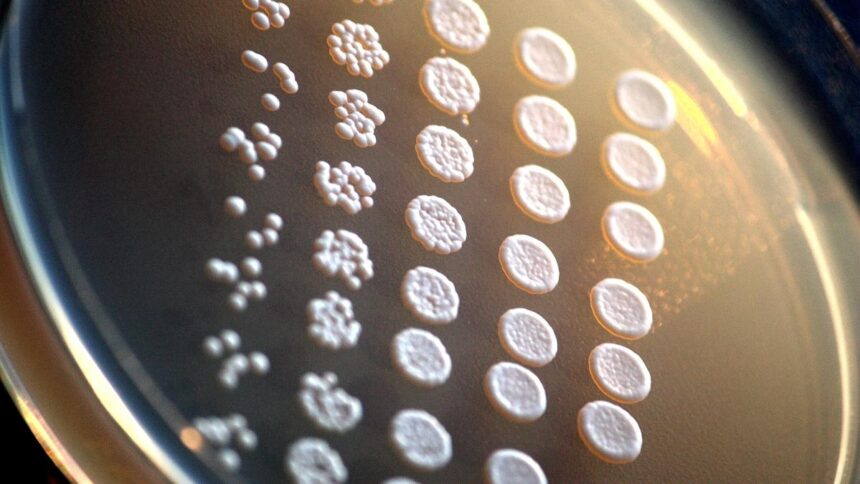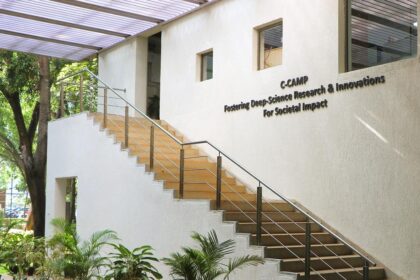Emory University and UT Health Science Centre Find Similarities in Human and Yeast Diseases
Researchers at Emory University and the University of Texas Health Science Centre have discovered that mutations linked to serious developmental disabilities in human babies have similar effects in budding yeast, a simpler organism. This finding represents a significant step in studying these conditions and could lead to faster drug testing for treatments.
Pontocerebellar Hypoplasia Type 1 (PCH1)
Pontocerebellar hypoplasia type 1 (PCH1) is a serious medical condition that affects babies born with impaired development of the pons and cerebellum. Patients with PCH1 show delayed development, diffuse weakness, movement problems, and intellectual disability. Most don’t survive beyond infancy or early childhood.
RNA Exosome Pathologies
In 2012, four siblings with PCH1 type B were found to carry mutations in the gene EXOSC3, which encodes one protein of a multiprotein complex in cells called the RNA exosome. This provided the first example of a human disease caused by mutations affecting the RNA exosome.
The RNA Exosome
The RNA exosome was discovered in 1997 in budding yeast (Saccharomyces cerevisiae). Its primary job is to process, monitor, and turnover cellular RNA.
RNA Exosome Pathologies
Subsequent studies of patients with other neurological and developmental disorders uncovered mutations in many other genes related to RNA exosome proteins. These conditions are together called RNA exosomopathies.
Unique Signatures
The new findings were reported in two papers this April, one in the journal RNA and the other in G3 Genes Genomes Genetics. The RNA paper investigated how different disease-causing mutations in the RNA exosome have diverse cellular effects. To model the diseases, the researchers introduced mutations linked to human diseases into the corresponding four genes in yeast.
Humanised Yeast Model
In the G3 paper, researchers reported creating a ‘humanised yeast model’ by replacing particular pieces of the yeast RNA exosome with their human or mouse counterparts. Of the nine core pieces, six could be replaced in this way; of these six, three still allowed the yeast to grow almost normally.
Testing Drug Potential
The model helped them identify the precise genetic variants that caused functional defects, including both previously known mutations and new ones. In each case, the team was also able to show that the mutations directly disrupted the RNA exosome, rather than some intermediary process doing so.
Conclusion
The studies showed that disease variants that damage RNA exosomes in humans also do so in yeast. It’s possible drugs found in the future to ameliorate damage in yeast may prove to be useful in humans as well.








